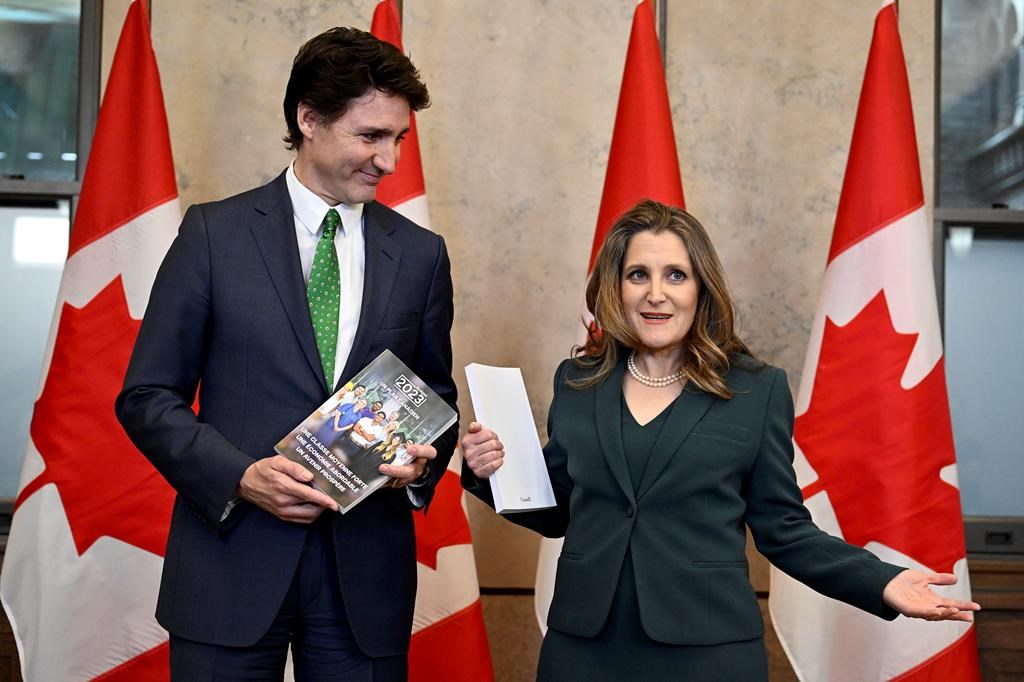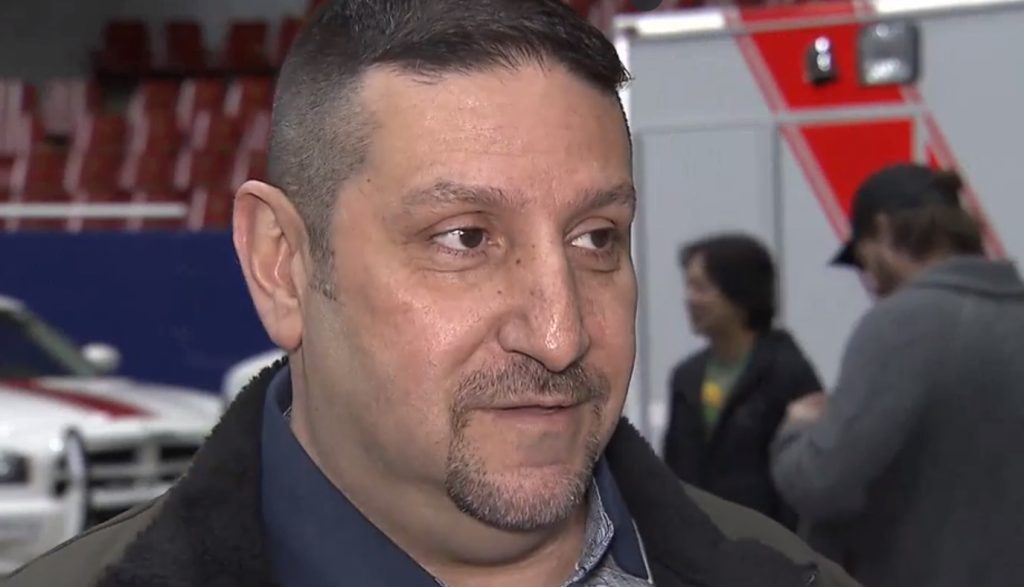Film director Peter Jackson unveils World War I museum exhibition in New Zealand
Posted April 17, 2015 7:23 am.
Last Updated April 20, 2015 2:27 pm.
This article is more than 5 years old.
WELLINGTON, New Zealand – Taking a break from filmmaking, Peter Jackson has created a museum exhibition he hopes will broaden people’s perception of World War I from monochrome to colour.
The first stage of the Great War Exhibition he unveiled Friday in Wellington features large colour images depicting life in the trenches and on the battlefields. The colour was added to real black-and-white photographs by artists at Jackson’s visual-effects studio, Weta Digital.
Jackson said he banned black and-white in the museum because the photography of the era means people tend to perceive the war in monochrome.
“I just wanted people to be able to see the war in colour, as the soldiers saw it,” Jackson said. “If you take a black-and-white photo and do a really great colorizing job on it, you see detail. You see it’s emotional. It actually has a power that really takes you by surprise.”
A World War I history buff, Jackson has been working on the museum for the past few months after finishing his trilogy “The Hobbit.” He owns a number of planes and artifacts from the era, some of which he has donated to the collection.
He plans to periodically open new galleries to coincide with the centenary of particular battles, starting with a Gallipoli battle exhibit on April 25.
Jackson, 53, said he’s been interested in World War I since he was a child, when he would hear stories about his grandfather and great-uncles, who fought in the war, and see movies about it like “All Quiet on the Western Front.”
He said in the exhibition he aims to take people on a journey through the war, along the way describing anecdotes. Like, for instance, how the British code name for a secret vehicle has now became part of our everyday lexicon: tank.
“The one thing I think I’m quite good at doing is telling a story,” he said. “I didn’t want to tell a bunch of facts. Boring, historical, schoolbook facts.”
He said he wanted people to come away thinking about the folly of the war but also how brave the fighters were.
“It was a hopeless war, it was a war for no reason,” Jackson said. “At no point was anybody fighting for anything that really meant anything. There was no Hitler, there were no Nazis or Holocaust that had to be beaten.”
He said he’s also fascinated by the push for technological advances during the war, which began with soldiers on horses and ended with them in planes.
“The mechanization we know of in the 20th century was born in this war,” he said.
The exhibition has so far received about 12 million New Zealand dollars ($9.2 million) in funding from public and private sources, with organizers hoping that amount will grow. Jackson has been given creative control and donated his time and resources.
The exhibition will be free to the public.
Jackson has been working on an extended cut of his final “Hobbit” film but hasn’t announced plans for any future movies.










